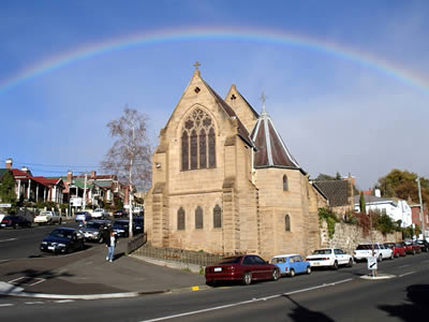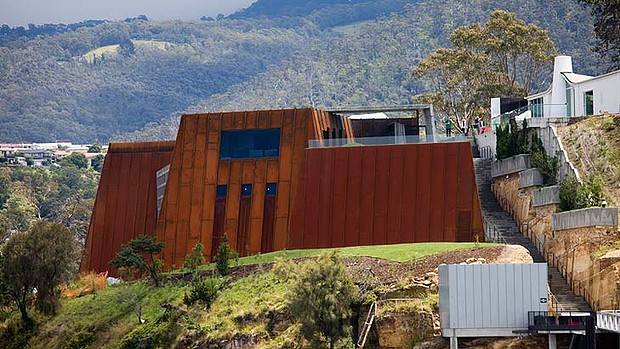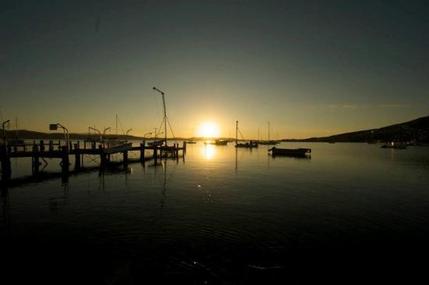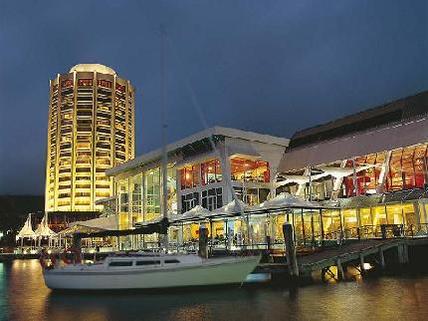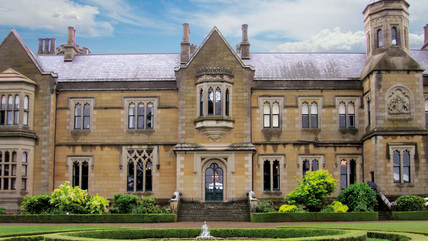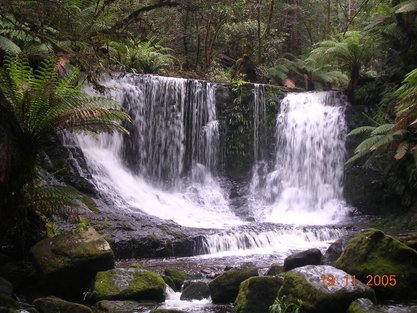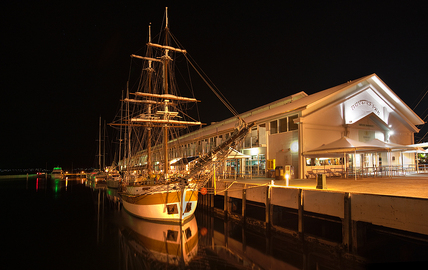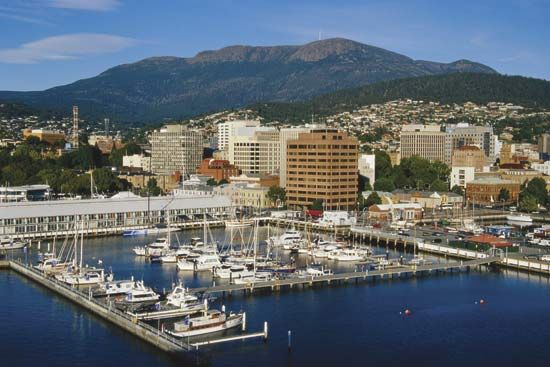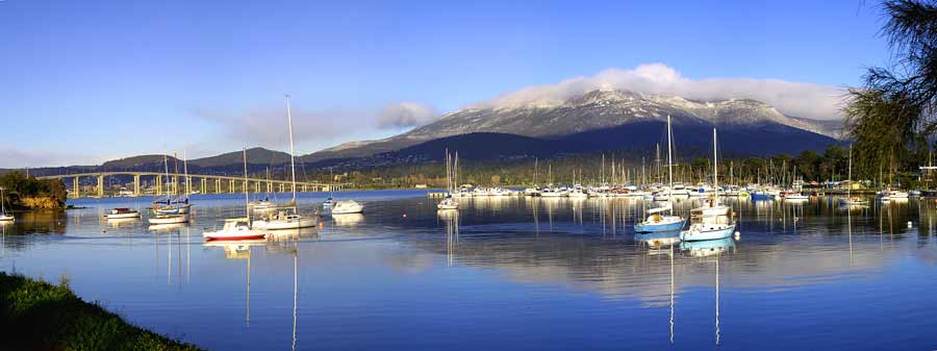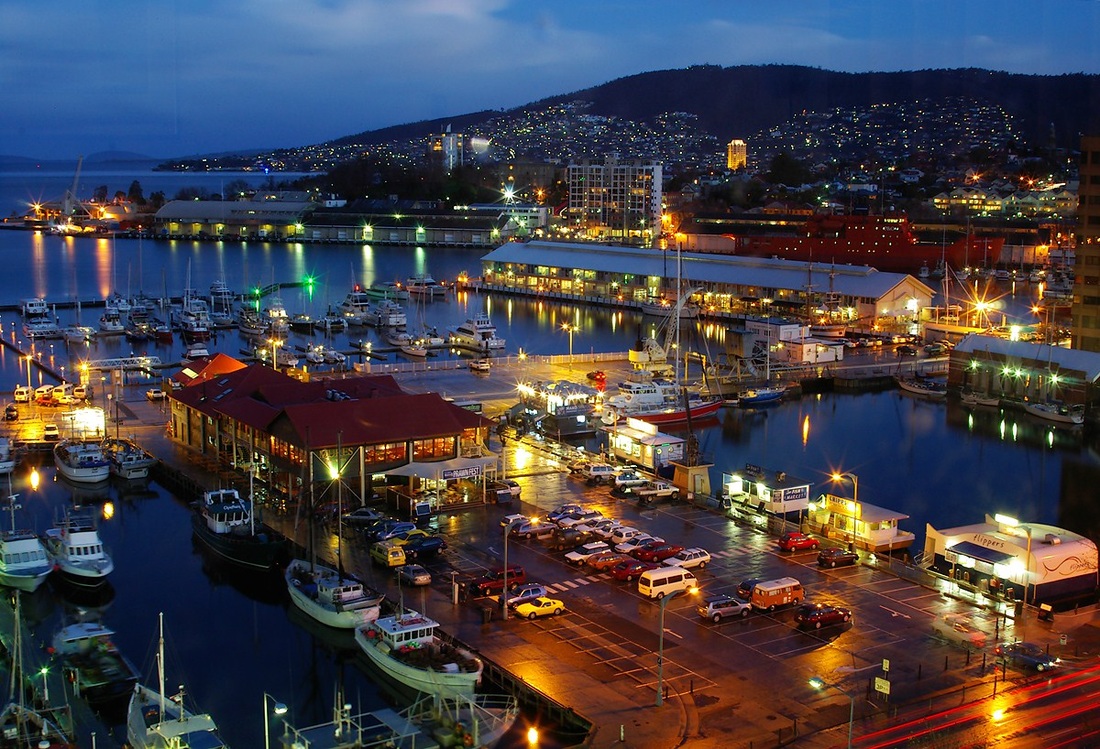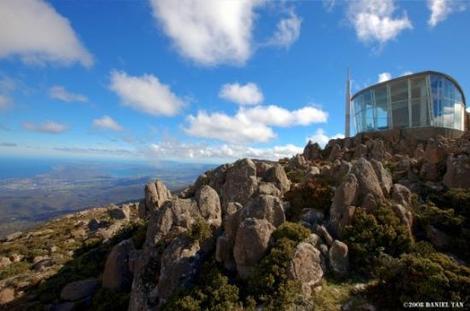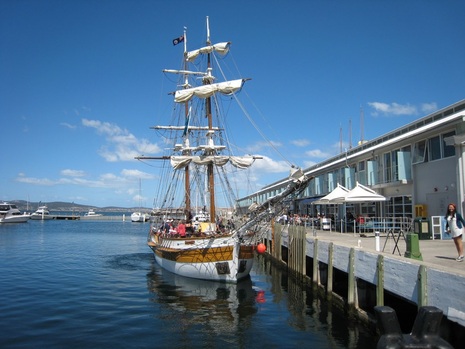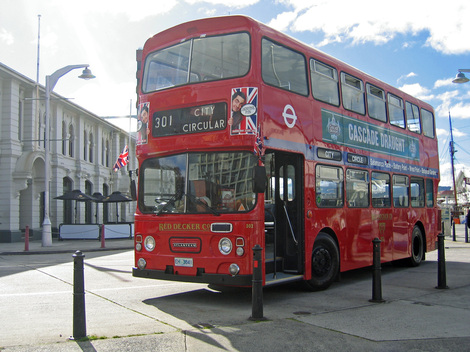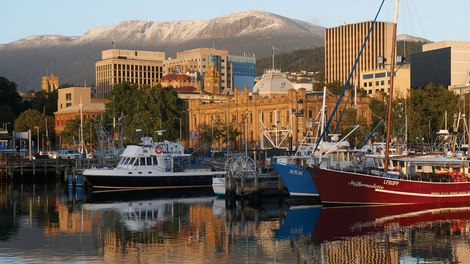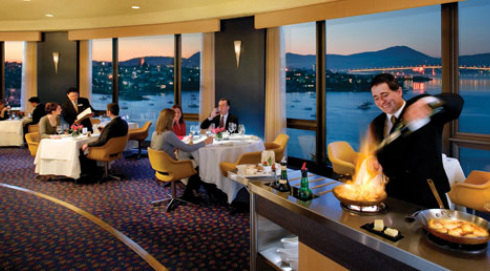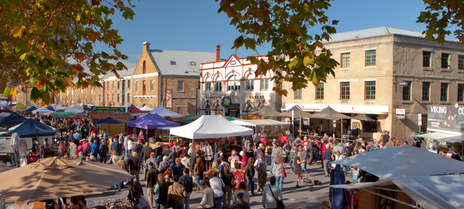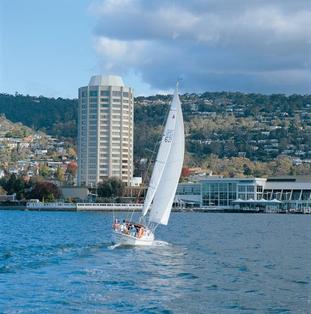Hobart (the capital city of Tasmania)
|
Hobart Tasmania is certainly a beautiful Australian city. Yet it began its early life as a penal colony in 1803, making it the second oldest city in Australia. Convicts who had committed serious offences after arriving in Australia were being sent to the penal colony from 1804 on and sent to various stations around the island. You can visit a number of these early places of punishment, including Port Arthur and Sarah Station with their restored buildings, museums and tours. Many of the convicts were young and Irish, many who had gotten into trouble for their belief in a free Ireland. Sending them to far away Tasmania was seen as a solution to the growing demands for independence. Tasmania attracted free settlers as well. Many settled by the Derwent River and its deep harbour at the mouth to export things like fruit and wool to other parts of Australia and the British Empire. On the 1st of January 1856, the name Van Diemen’s Land was changed to Tasmania, to try and erase the reputation the island had built up as a penal colony and towards a new future. The city sits on the Derwent River and the harbour and with many of the original buildings having been restored, particularly around the original wharf area, it makes for a historically picturesque place. The Wharf Docks are a good place to start to explore historical Hobart. Because less buildings through the years were torn down, the old world feel is magnificent and much more pronounced than in Sydney, despite Sydney being the older city of the two. Salamanca Place, a short walk from the docks is a great place to shop and has a lively weekend market and the Antartic Adventure, a museum that explores the history and present of the Antartic experience. Salamanca Place was were the whalers used to dock. The wharf buildings and storehouses have been converted into a collection of restaurants, cafés, art galleries and speciality shops while retaining its historical buildings. |
